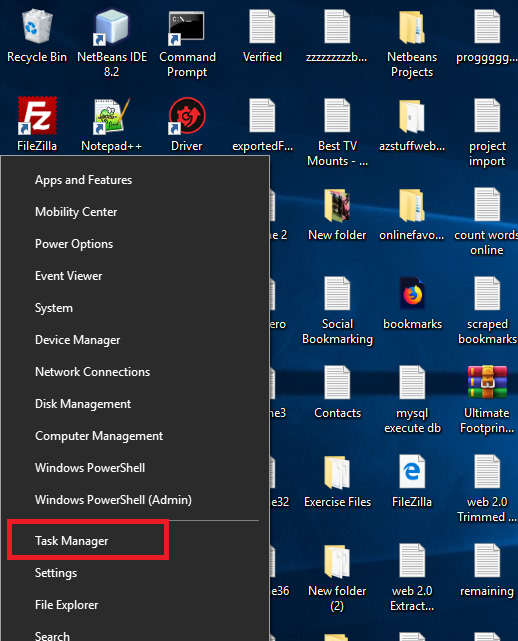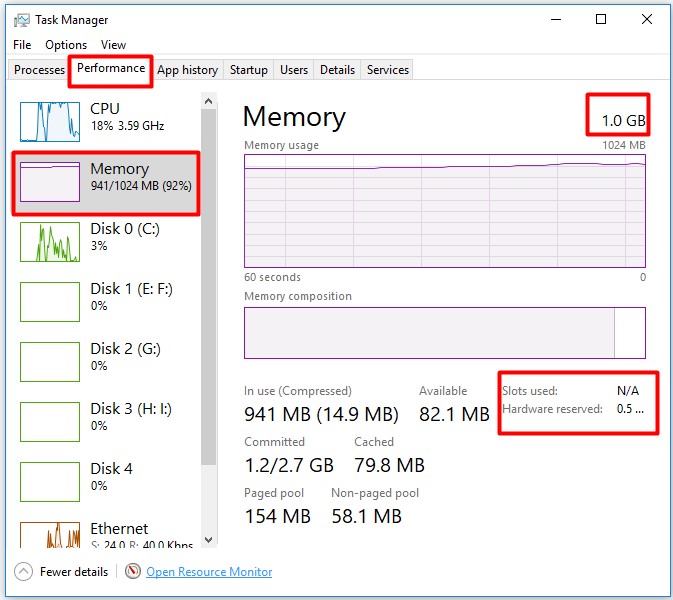Beautiful Tips About How To Find Out What Kind Of Ram Your Computer Uses

Task manager is the nerve center of windows, where you can see how much memory each app is using on your system, and what your overall ram usage looks.
How to find out what kind of ram your computer uses. On windows 8 or newer: Type “about your pc” in the windows start. Under “size” you can see how much ram is.
Click the performance tab on the left side of the window. Find out your ram information on mac or pc for upgrading or replacing your computer’s memory. This tells you what generation of ddr memory your system has installed.
You should see the amount and type of ram your pc has in the top right corner of the screen. The windows task manager does more than show hardware. So, the most important information we need to find is:
The type of memory your motherboard uses. Under the name and letter of the drive, you. How much ram you have;.
With the windows settings. The first way is to open the settings in the start menu (. So, you can check whether you have a ddr3 or lower generation ram using the following guide:
Open your task manager by using the ctrl + shift + esc shortcut. Knowing the ram speed, type, and size is crucial to. This will usually be displayed using ddr;
In windows, search for and open task manager. If you want to see. Enter your laptop’s model number or serial number, and you should be able to find detailed information about your laptop’s ram slot type, such as ddr3 or ddr4.
Use ctrl + shift + esc keys together to launch task manager. Check your computer's ram usage. The number to the right of the installed ram heading indicates how much ram your pc has installed.
The easiest way to find your system’s ram — pc or mac, is to use the memory advisor tool at crucial.com. Here are two simple methods to access the about page: One way to check ram on windows 10 and find out your usage is via the “windows task manager.” to consult the windows task manager about your memory usage, use the.
You can find basic information about your ram through your system’s about page and through the performance tab on your task manager. Press the key combination win + pause/break 2. Use task manager to verify if you have an hdd or ssd.

















